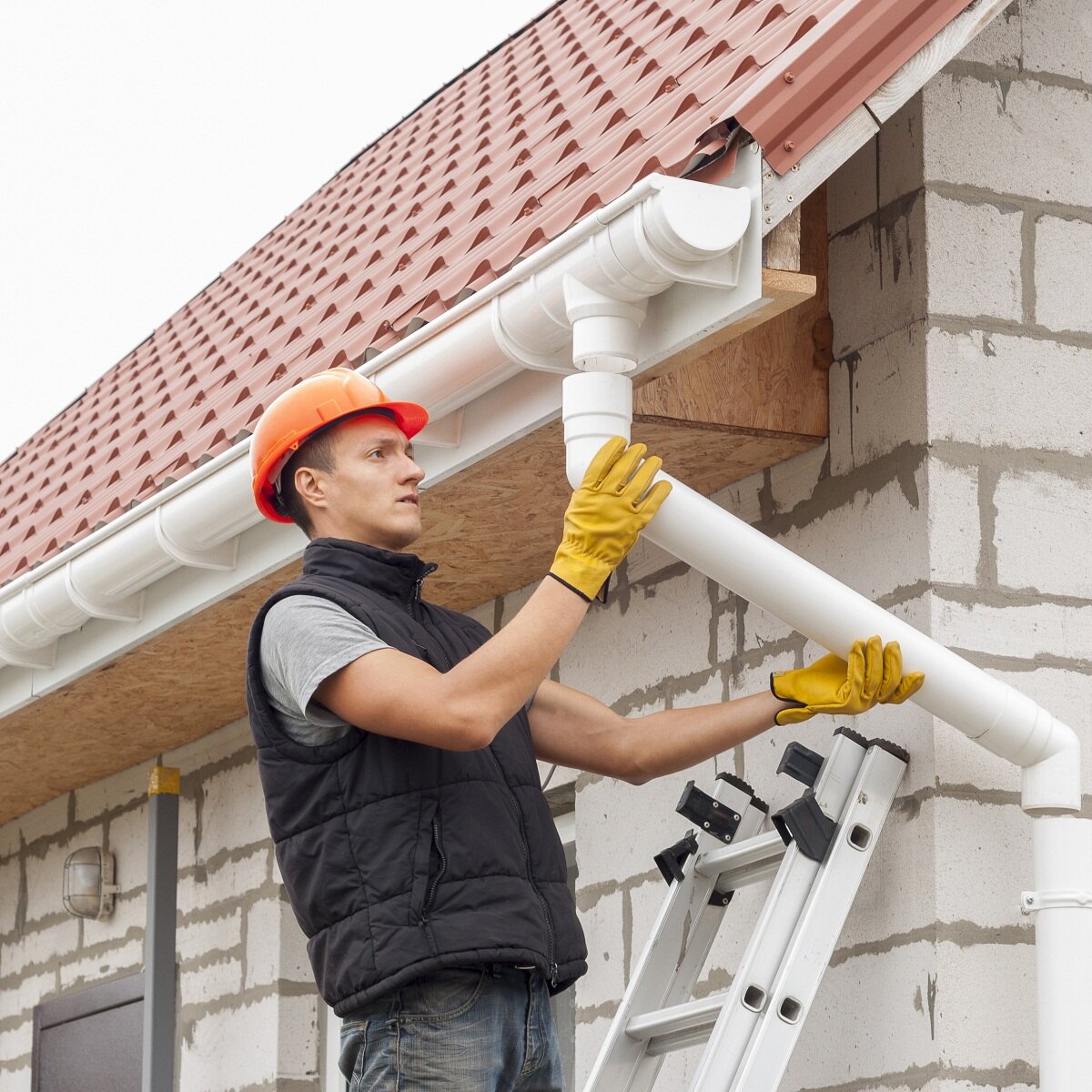

Articles
How Long Does It Take To Install Gutters
Modified: April 22, 2024
Looking for articles on how long it takes to install gutters? Discover expert insights and helpful tips on the installation process and estimated timeframes.
(Many of the links in this article redirect to a specific reviewed product. Your purchase of these products through affiliate links helps to generate commission for Storables.com, at no extra cost. Learn more)
Introduction
Installing gutters is an essential part of maintaining the integrity of your home’s foundation and protecting it from water damage. Whether you’re replacing old gutters or installing new ones, it’s natural to wonder how long the installation process will take. While the exact time can vary depending on several factors, understanding these factors can help you plan and manage your gutter installation project effectively.
Factors such as the size of your home, the complexity of the gutter system, the type of gutters you choose, and whether you hire professionals or opt for a DIY approach can all impact the time it takes to install gutters. By considering these factors, you can make informed decisions and ensure a smooth and efficient installation process with minimal delays or surprises.
In this article, we will delve into the various factors that can influence the time it takes to install gutters. We will also explore different types of gutters and their installation times, tips for preparing for gutter installation, as well as the common challenges and solutions you may encounter during the process. Finally, we’ll discuss the pros and cons of hiring professionals versus tackling the installation as a DIY project.
By the end of this article, you will have a comprehensive understanding of the factors affecting gutter installation time, enabling you to make informed decisions and choose the best approach for your specific needs.
Key Takeaways:
- Factors such as home size, gutter complexity, and weather conditions can impact gutter installation time. Proper preparation and consideration of DIY vs. professional installation are crucial for a successful project.
- DIY gutter installation offers cost savings and personal satisfaction, but may require significant time and effort. Hiring professionals ensures expertise, efficiency, and quality workmanship, providing peace of mind for homeowners.
Read more: How Long Does It Take To Install Blinds
Factors Affecting Gutter Installation Time
Several factors can influence the time it takes to install gutters. Understanding these factors will help you estimate the duration of your gutter installation project more accurately and plan accordingly. Here are some key factors to consider:
1. Size of the Home: The size of your home plays a significant role in determining the time required for gutter installation. Larger homes will generally have more linear feet of guttering to install, which means more time and effort will be needed.
2. Complexity of the Gutter System: The complexity of the gutter system can also impact installation time. If your home has multiple levels, unique roofline configurations, or challenging architectural features, it may require additional time and expertise to ensure proper installation.
3. Type of Gutters: The type of gutters you choose can affect the installation time as well. Different gutter materials, such as aluminum, steel, or vinyl, may require specific installation techniques and tools. Seamless gutters, which are custom-made on-site, can also take longer to install compared to sectional gutters.
4. Accessibility: The accessibility of your home’s roof and gutters can influence the installation time. If your roof is steep or difficult to reach, it may require additional safety measures and specialized equipment, resulting in a longer installation process.
5. Weather Conditions: Weather conditions can significantly impact gutter installation time. Inclement weather, such as heavy rain or high winds, can delay the installation process and pose safety risks for the installers. It’s crucial to choose a suitable weather window when scheduling your gutter installation.
6. Preparation Work: The amount of preparation work required before installing the gutters can affect the installation time. This includes tasks such as removing old gutters, repairing damaged fascia boards, and ensuring proper alignment and stability of the roofline.
7. Experience and Skills: The experience and skills of the installers can also impact the installation time. Professional gutter installation companies with a well-trained and experienced team may be able to complete the project more efficiently compared to inexperienced or DIY installers.
It’s essential to consider these factors when estimating the time needed for gutter installation. Consulting with professionals or obtaining multiple quotes can provide you with a better understanding of the specific requirements and timeframes for your project.
Types of Gutters and their Installation Time
When it comes to gutters, several types are available, each with its own unique characteristics and installation requirements. The type of gutters you choose can impact the installation time as well. Let’s explore some common types of gutters and their installation times:
1. Sectional Gutters: Sectional gutters are made up of individual sections that are joined together during installation. These sections are typically 10 to 20 feet long and are connected using special connectors and sealants. Installation time for sectional gutters can vary depending on the linear footage and the number of joints that need to be sealed. On average, the installation of sectional gutters can take a few hours to a full day.
2. Seamless Gutters: Seamless gutters are made from a continuous piece of material that is custom-formed to fit your home’s dimensions. This type of gutter is manufactured on-site using a specialized machine. The installation process involves carefully measuring and cutting the gutter material to size and attaching it to the fascia boards. Seamless gutters offer a sleek, seamless appearance and minimize the risk of leaks. However, the installation of seamless gutters can take longer compared to sectional gutters due to the custom manufacturing process. On average, this installation can take a day or more, depending on the size of the home and the complexity of the gutter system.
3. Vinyl Gutters: Vinyl gutters are a popular choice due to their affordability and ease of installation. They are lightweight and come in sections that are easily snapped together. The installation time for vinyl gutters can be relatively quick, especially for smaller homes or those with basic gutter configurations. However, it’s essential to note that vinyl gutters may not be as durable as other materials and may require more frequent maintenance and replacement over time.
4. Aluminum Gutters: Aluminum gutters are lightweight, rust-resistant, and available in a wide range of colors. They are typically sold in sections that need to be assembled during installation. The installation time for aluminum gutters is similar to that of sectional gutters, depending on the linear footage and the number of joints that need to be sealed. On average, the installation can take a few hours to a full day.
5. Steel Gutters: Steel gutters are known for their strength and durability. They are typically sold in sections and require assembly during installation. Due to the heavier nature of steel gutters, installation may require additional labor and time compared to aluminum or vinyl gutters. The installation time for steel gutters can range from a day to a few days, depending on the size of the home and the complexity of the gutter system.
It’s important to consider the pros and cons of each gutter type, along with their installation time, before making a decision. Consulting with gutter professionals can help you determine the best type of gutters for your home and provide accurate estimates of installation time.
Choosing the Right Gutter Installation Method
When it comes to gutter installation, there are different methods to choose from. The method you select can impact the efficiency, durability, and overall success of your gutter system. Let’s explore some common installation methods and factors to consider when choosing the right one for your home:
1. DIY Installation: Many homeowners consider tackling gutter installation as a do-it-yourself (DIY) project to save money. While DIY installation can be a cost-effective option, it’s important to assess your skills, experience, and available tools before taking on this task. Installing gutters requires precise measurements, proper alignment, and a thorough understanding of the installation process. If you have experience with similar projects and feel confident in your abilities, DIY installation can be a viable option. However, if you’re unsure or lack the necessary skills, it’s advisable to seek professional assistance to avoid potential mistakes and costly repairs down the line.
2. Professional Installation: Hiring a professional gutter installation company ensures that the job is done correctly and efficiently. Professionals have the knowledge, experience, and specialized tools to handle all aspects of gutter installation, including measuring, cutting, sealing joints, and ensuring proper alignment. They can also offer guidance on choosing the right gutter materials and provide warranties for their work. Professional installation may cost more upfront, but it can save you time, effort, and potential headaches in the long run.
3. Hybrid Approach: Another option is to take a hybrid approach, where you combine DIY installation with professional assistance. For example, you can choose to install the gutters yourself and then hire a professional to inspect and make any necessary adjustments or repairs. This approach allows you to save money on labor costs while still benefiting from the expertise and assurance of professional guidance.
When deciding on the right gutter installation method, consider the following factors:
1. Time and Availability: Do you have the time and availability to dedicate to gutter installation? DIY installation may require extra time as you familiarize yourself with the process, gather the necessary tools, and troubleshoot any issues that arise. Professional installation, on the other hand, can be completed efficiently within a scheduled timeframe.
2. Skill Level: Assess your skill level and comfort with home improvement projects. If you have experience and confidence in handling such tasks, DIY installation may be a suitable option. However, if you’re uncertain or lack the necessary skills, professional installation ensures that the job is done correctly and minimizes the risk of costly mistakes.
3. Complexity of the Gutter System: Consider the complexity of your gutter system. If your home has multiple levels, intricate rooflines, or unique architectural features, professional installation can ensure that the gutters are properly aligned and function optimally.
4. Budget: Evaluate your budget and weigh the cost of professional installation against the potential savings of DIY installation. While professional installation may require an upfront investment, it can provide peace of mind and potentially save you money in the long run by avoiding costly repairs or replacements.
5. Warranty and Support: Professional installation often comes with warranties and ongoing support. This means that if any issues arise with your gutters in the future, you can rely on the expertise and assistance of the professionals who installed them.
Ultimately, the decision of which gutter installation method to choose depends on your individual circumstances and preferences. Assess your skills, time availability, budget, and the complexity of your gutter system to make an informed decision. Consulting with professionals can provide valuable insights and help you determine the best approach for your specific needs.
Preparing for Gutter Installation
Proper preparation is key to a successful and efficient gutter installation project. Taking the time to prepare beforehand will help ensure that everything goes smoothly and minimize any potential setbacks or delays. Here are some essential steps to take when preparing for gutter installation:
1. Evaluate Your Needs: Begin by assessing your specific needs and requirements for gutter installation. Consider factors such as the size of your home, the number of gutters required, and any specific challenges or features of your roofline. This evaluation will help you determine the materials, tools, and expertise needed for the project.
2. Research Gutter Materials: Explore different gutter materials available on the market, such as aluminum, steel, vinyl, or copper. Each material has its own advantages and considerations, including durability, maintenance requirements, and aesthetic appeal. Researching and selecting the right material for your home will ensure long-lasting performance and satisfaction.
3. Measure and Plan: Accurate measurements are crucial for a successful gutter installation. Measure the length of your roofline and assess the necessary downspout placements. Plan out the number of gutters required and determine the appropriate sizes. This step will help you estimate the quantity of materials needed and ensure a proper fit.
4. Gather the Necessary Tools and Materials: Make a list of the tools and materials needed for the installation. These may include gutter sections, downspouts, hangers, brackets, sealants, and appropriate fasteners. Having everything ready and on hand before the installation day will streamline the process and eliminate any unnecessary delays.
5. Clear the Work Area: Before the installation day, clear any obstructions around the work area to provide easy access for the installers. Trim any overhanging branches or foliage that may interfere with the installation process. Ensuring a clutter-free and safe work environment will improve efficiency and safety.
6. Remove Old Gutters: If you are replacing existing gutters, remove them before the installation day. Carefully take them down, inspecting for any damage or rotting fascia boards. Address any necessary repairs or replacements to ensure a solid foundation for the new gutter system.
7. Secure Proper Permits: Check with your local authorities to determine if any permits or approvals are necessary for the gutter installation. Some areas may require permits for new installations or modifications. Compliance with local regulations will help you avoid any fines or complications down the line.
8. Consider Landscape Protection: If your landscape or garden is near the installation area, take steps to protect it. You can cover delicate plants or move them temporarily to prevent any damage during the installation process. Communicate your concerns with the installers beforehand to ensure they take necessary precautions.
9. Communicate with the Installers: Prioritize clear communication with the gutter installation team. Discuss your project expectations, specific requirements, and any concerns you may have. This open dialogue will help ensure that everyone is on the same page and reduces the likelihood of misunderstandings or mistakes.
By following these preparation steps, you can set a solid foundation for a successful gutter installation project. Adequate preparation will not only streamline the process but also contribute to the longevity and effectiveness of your gutter system.
When installing gutters, the time it takes can vary depending on the size of the house, the complexity of the gutter system, and the experience of the installer. On average, it can take anywhere from a few hours to a full day to complete the installation.
Read more: How Long Does Carpet Installation Take
Step-by-Step Guide to Installing Gutters
Installing gutters may seem like a daunting task, but with the right tools, materials, and guidance, it can be a manageable DIY project. Here is a step-by-step guide to help you navigate the process of installing gutters:
1. Gather the Necessary Tools and Materials: Before starting the installation, gather all the tools and materials you will need. This may include gutters, downspouts, hangers, brackets, screws, sealant, measuring tape, drill, level, and a ladder.
2. Measure and Plan: Measure the length of your roofline and plan out the placement of gutters and downspouts. Mark the spots where the gutter hangers should be installed, ensuring they’re evenly spaced and properly aligned. Consider the slope needed for the gutter system to channel water towards the downspouts.
3. Install the Gutter Hangers: Begin by installing gutter hangers or brackets along the marked locations. Use a drill to secure them to the fascia board, ensuring they are level and sturdy. The hangers will provide support for the gutters.
4. Cut and Attach Gutter Sections: Measure and cut the gutter sections to fit between the hangers. Use a saw or tin snips for cutting, following your measurements precisely. Attach the gutter sections to the hangers using screws or rivets. Ensure they are correctly aligned and sloping towards the downspouts.
5. Connect Gutter Sections: If you need to use multiple gutter sections, connect them using connectors or slip joints. Apply sealant to the joints for a watertight seal. Ensure that the connection is secure and snug to avoid any leaks or gaps.
6. Install End Caps: Attach end caps to the corners of the gutter system using sealant or screws. These end caps will prevent water from leaking out and ensure a seamless appearance.
7. Install Downspouts: Position the downspouts at the appropriate locations on the gutters. Use a drill to secure them to the fascia board or attach them to the wall using brackets. Ensure that the downspouts are angled away from the foundation of the house to direct water safely away.
8. Attach Splash Blocks or Extensions: Install splash blocks or downspout extensions at the base of the downspouts to further direct water away from the foundation. These help prevent soil erosion and potential water damage.
9. Test the Gutter System: Once the installation is complete, test the gutter system by pouring water into the gutters and observing the flow. Ensure that there are no leaks, blockages, or overflowing. Make any necessary adjustments or repairs to achieve optimal functionality.
10. Clean Up and Maintenance: Clean up the work area, removing any debris or excess materials. Regularly maintain the gutters by clearing out leaves, debris, and inspecting for any damage. Perform routine checks to ensure the gutters are functioning correctly and make any repairs promptly.
Note: This step-by-step guide provides a general overview of the gutter installation process. It’s important to consult specific instructions provided by the manufacturer of the gutter system you have chosen and follow any additional guidelines or recommendations they may have.
By following this guide and taking necessary safety precautions, you can successfully install gutters and protect your home from potential water damage.
Common Challenges and Solutions during Gutter Installation
Gutter installation, though a relatively straightforward process, can sometimes present challenges along the way. Being aware of these common challenges and having solutions at hand can help you tackle them effectively and ensure a smooth and successful installation. Here are some common challenges that may arise during gutter installation, along with their solutions:
1. Incorrect Measurements: One of the most common challenges is taking inaccurate measurements of the gutter sections, downspouts, or the overall length of the roofline. This can result in ill-fitting gutters and uneven water flow. Solution: Take precise measurements multiple times to ensure accuracy. Double-check your figures and use a level and plumb line to ensure proper alignment. It’s always better to measure twice and cut once.
2. Fascia Board Damage: In some cases, the fascia board, which the gutters are attached to, may be damaged or rotten. This can compromise the stability of the gutter system and lead to improper installation. Solution: Inspect the fascia board before installation. Replace any damaged sections and make necessary repairs to ensure a solid foundation for the gutters. Addressing these issues beforehand will help prevent future problems.
3. Difficult Roofline Configurations: Homes with complex roofline configurations, multiple levels, or unconventional architectural features can present challenges during gutter installation. Solution: Assess the roofline carefully and plan out the installation strategy accordingly. Consider consulting with professionals who are experienced in handling challenging installations. Their expertise can ensure that the gutters are properly aligned and functional, even with difficult roof configurations.
4. Weather Interference: Inclement weather, such as rain, strong wind, or extreme temperatures, can disrupt the gutter installation process. It can be unsafe for both installers and materials, and may require work to be postponed. Solution: Keep a close eye on weather forecasts and schedule the installation during a suitable weather window. It’s important to prioritize the safety of the installers and ensure the integrity of the materials used.
5. Insufficient Slope: Proper gutter installation requires a slight slope towards the downspouts to ensure efficient water flow and prevent water pooling. Insufficient slope can lead to water accumulation and potential damage to the gutter system. Solution: Pay close attention to the slope when installing the gutters. Use a level and ensure that the slope is consistent throughout the gutter system. An appropriate slope will help water flow smoothly towards the downspouts.
6. Sealing and Leaks: Improper sealing of gutter joints and connections can result in leaks and water damage. Solution: Apply sealant generously to ensure a watertight seal at all joints and connections. Regularly inspect the gutters for any signs of leaks or damage and make any necessary repairs promptly.
7. Inadequate Support: Insufficient support, such as weak or improperly installed hangers, can cause sagging or detachment of the gutters. Solution: Ensure that the hangers or brackets are securely installed, providing adequate support for the gutters. Use the appropriate number of hangers, evenly spaced along the gutter system, to distribute the weight evenly.
8. Debris Blockage: Over time, debris such as leaves, twigs, and dirt can accumulate and clog the gutters, obstructing the flow of water. Solution: Regularly clean and maintain the gutters by removing debris, especially during the fall season. Consider installing gutter guards or screens to prevent debris from entering the gutters in the first place.
9. Incorrect Downspout Placement: Improper placement of downspouts can result in water pooling or insufficient drainage. Solution: Strategically position the downspouts to ensure efficient water drainage away from the foundation. Direct the downspouts towards a suitable drainage area and use extensions or splash blocks to control the flow of water and prevent soil erosion.
By being aware of these common challenges and having solutions in mind, you can troubleshoot and address them effectively during the gutter installation process. If in doubt or facing significant challenges, it’s always advisable to consult with professionals who have the experience and expertise to handle such issues.
Hiring Professionals vs. DIY Gutter Installation
When it comes to gutter installation, homeowners often face the question of whether to hire professionals or take on the project themselves as a DIY endeavor. Both options have their advantages and considerations, and it’s important to weigh them carefully before making a decision. Let’s explore the pros and cons of hiring professionals versus DIY gutter installation:
Hiring Professionals:
Pros:
- Expertise and Experience: Professional gutter installation companies have the knowledge and experience to handle all aspects of the installation. They know the best practices, techniques, and materials to ensure a proper and long-lasting installation.
- Efficiency and Time-Saving: Professionals possess the necessary tools, equipment, and manpower to complete the installation efficiently and within a scheduled timeframe. They can often tackle the project in a fraction of the time it would take for a DIY installation.
- Quality and Workmanship: Professionals have a reputation to uphold and take pride in their work. They strive for excellence and ensure that the installation meets or exceeds industry standards. They provide warranties and guarantees for their work, offering peace of mind to homeowners.
- Customization and Recommendations: Professionals can provide guidance on choosing the right gutter materials, colors, and styles to complement your home’s aesthetics and functionality. They can assess your specific needs and recommend appropriate solutions.
Cons:
- Cost: Hiring professionals for gutter installation can be more expensive compared to a DIY approach. Professional services may include labor costs, material costs, and potential additional fees for customization or repairs.
- Lack of Personal Involvement: Handing over the responsibility to professionals means relinquishing control over the installation process. Some homeowners prefer to be involved and have a sense of accomplishment in completing a project themselves.
DIY Gutter Installation:
Pros:
- Cost Savings: DIY gutter installation can save you money on labor costs. You have more control over the budget and can choose materials that fit within your price range.
- Personal Satisfaction and Learning Experience: Taking on a DIY project offers a sense of accomplishment and pride. It allows you to learn new skills, gain hands-on experience, and develop a deeper understanding of your home’s infrastructure.
- Flexibility and Customization: DIY installation gives you flexibility in choosing the materials, colors, and styles that best match your preferences. You have the freedom to customize the project to suit your specific needs.
Cons:
- Time and Effort: DIY gutter installation requires a significant investment of time and effort. It’s important to have the necessary skills, tools, and resources to ensure a proper installation. Inaccurate measurements or improper techniques can lead to future problems and costly repairs.
- Potential for Mistakes: Lack of experience and expertise can result in mistakes during the installation process. Improperly installed gutters can lead to leaks, improper drainage, and damage to the structure of the home.
- Safety Risks: Working at heights, handling tools and materials, and navigating the installation process can pose safety risks for DIY installers. It’s important to prioritize safety and take necessary precautions throughout the project.
Ultimately, the decision between hiring professionals and DIY gutter installation depends on your specific circumstances, skills, budget, and comfort level. If you have the necessary skills, tools, and confidence, DIY installation can be a viable option. However, if you lack experience or are unsure about the process, hiring professionals ensures a high-quality installation and peace of mind.
Consider consulting with professionals to obtain quotes and guidance. They can provide insights into the specific requirements of your project and help you make an informed decision based on your needs and preferences.
Conclusion
Gutter installation is an essential part of maintaining the integrity of your home and protecting it from water damage. Understanding the factors that can affect the installation time, choosing the right gutter materials, and properly preparing for the installation are crucial for a successful project.
Factors such as the size of your home, complexity of the gutter system, type of gutters, accessibility, weather conditions, preparation work, and experience of the installers can all influence the time it takes to install gutters. By considering these factors, you can effectively plan and manage your gutter installation project.
Choosing the right gutter installation method is also important. You can opt for a DIY installation if you have the necessary skills, tools, and confidence. DIY installation can save money and provide personal satisfaction. However, hiring professionals offers expertise, efficiency, and quality workmanship. They can ensure a proper installation, provide warranties, and offer customization recommendations.
Proper preparation for gutter installation involves evaluating your needs, researching gutter materials, measuring and planning, gathering the necessary tools and materials, clearing the work area, removing old gutters, securing permits, and considering landscape protection. These steps set the foundation for a successful installation and long-lasting gutter system.
A step-by-step guide can help you navigate the installation process, covering tasks such as installing gutter hangers, cutting and attaching gutter sections, connecting gutter sections, installing end caps, attaching downspouts, and testing the gutter system for proper functionality.
It’s important to be aware of common challenges that can arise during gutter installation, such as incorrect measurements, fascia board damage, difficult roofline configurations, weather interference, inadequate slope, sealing and leaks, inadequate support, and debris blockage. Understanding these challenges and having solutions in mind will help you overcome them effectively.
When deciding between hiring professionals and DIY installation, consider factors such as expertise, efficiency, time-saving, cost, personal involvement, satisfaction, flexibility, customization, time, effort, potential mistakes, and safety risks. Balancing these factors will help you make an informed decision based on your specific needs, skills, budget, and preferences.
In conclusion, proper planning, thorough preparation, and careful consideration of factors such as installation time, materials, challenges, and DIY vs. professional installation can help ensure a successful and efficient gutter installation. Whether you choose to tackle it yourself or hire professionals, investing in a well-installed gutter system will protect your home and provide peace of mind for years to come.
Frequently Asked Questions about How Long Does It Take To Install Gutters
Was this page helpful?
At Storables.com, we guarantee accurate and reliable information. Our content, validated by Expert Board Contributors, is crafted following stringent Editorial Policies. We're committed to providing you with well-researched, expert-backed insights for all your informational needs.
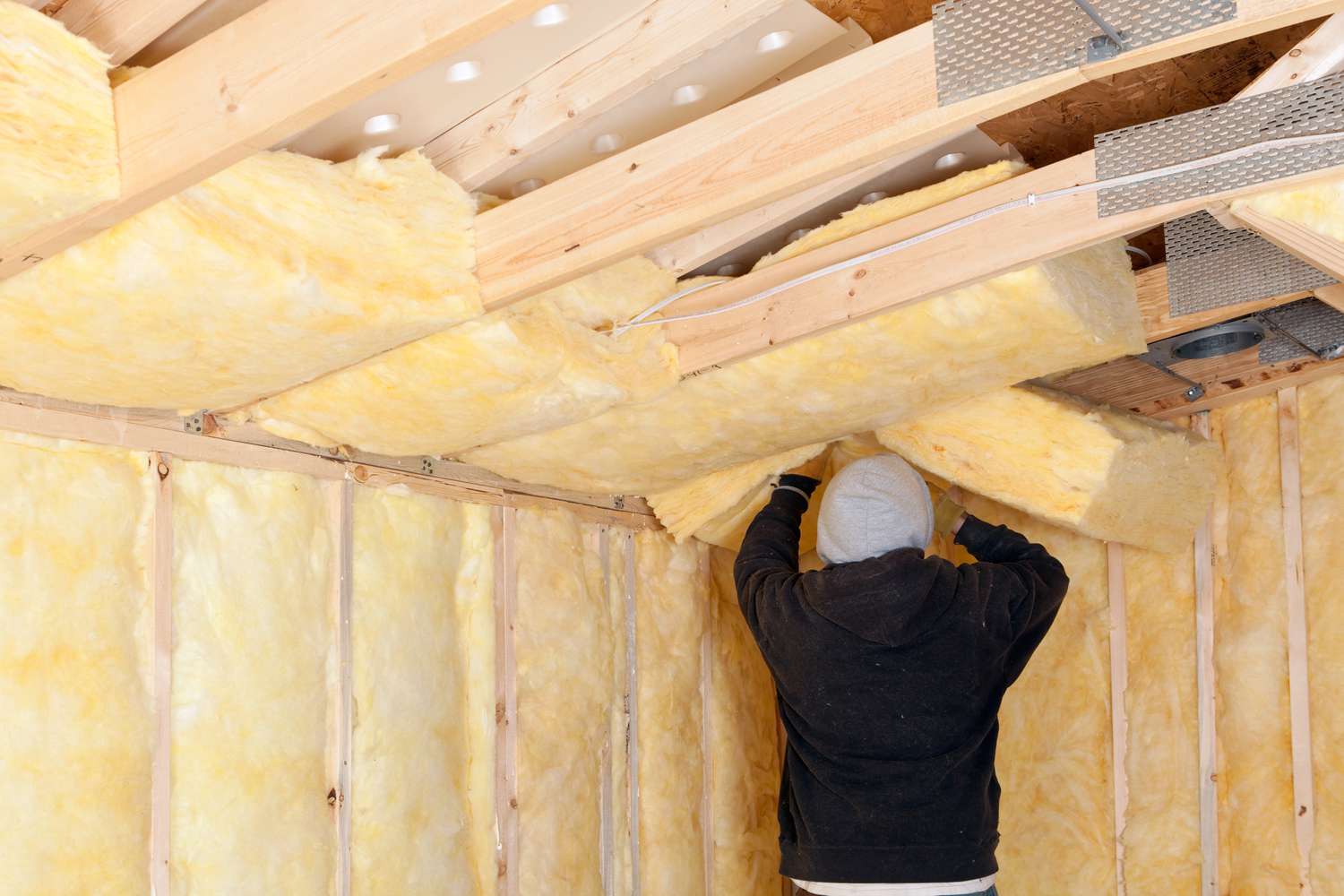
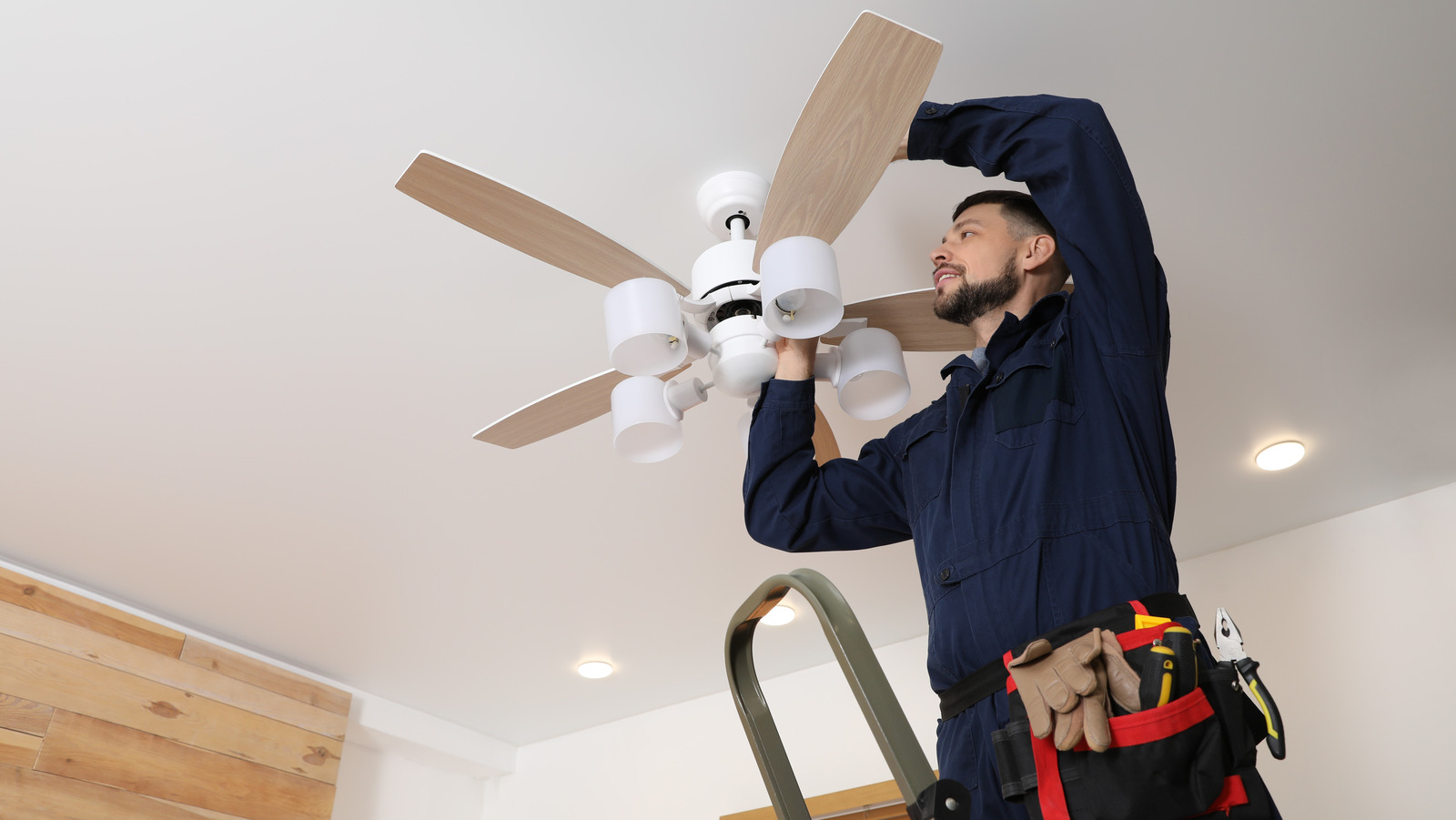
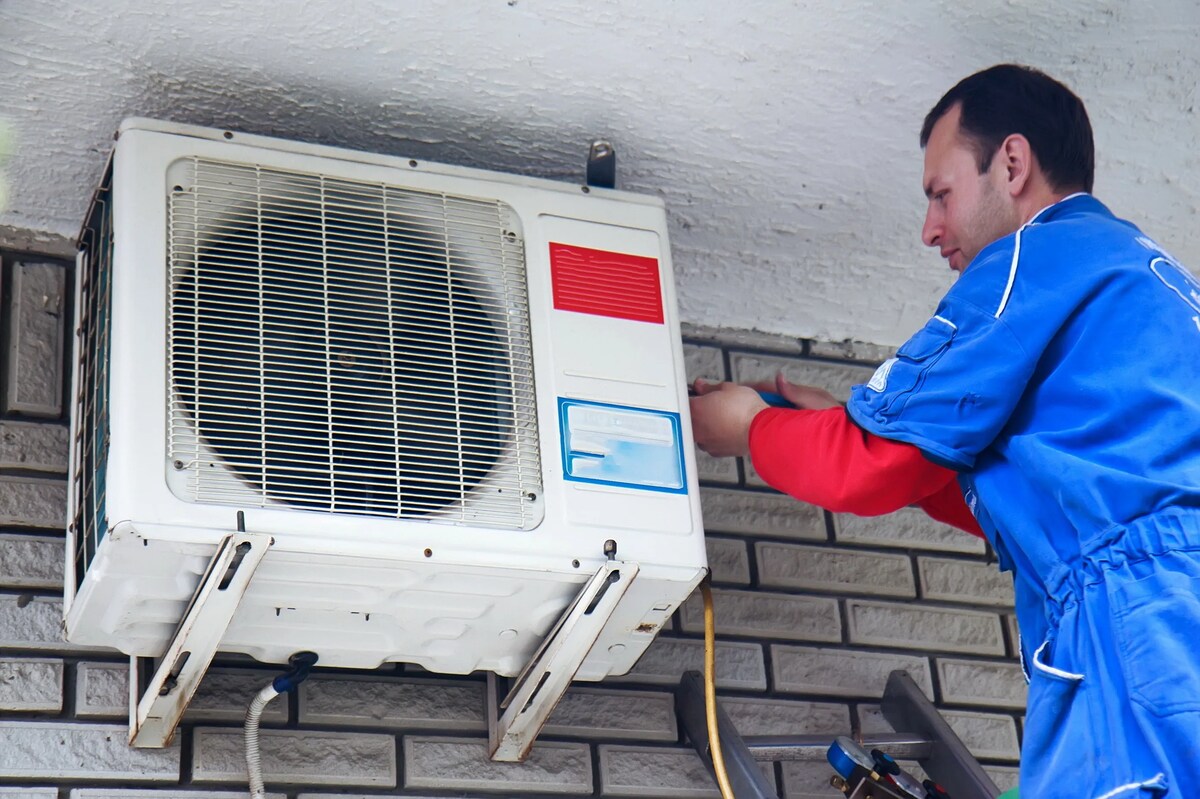
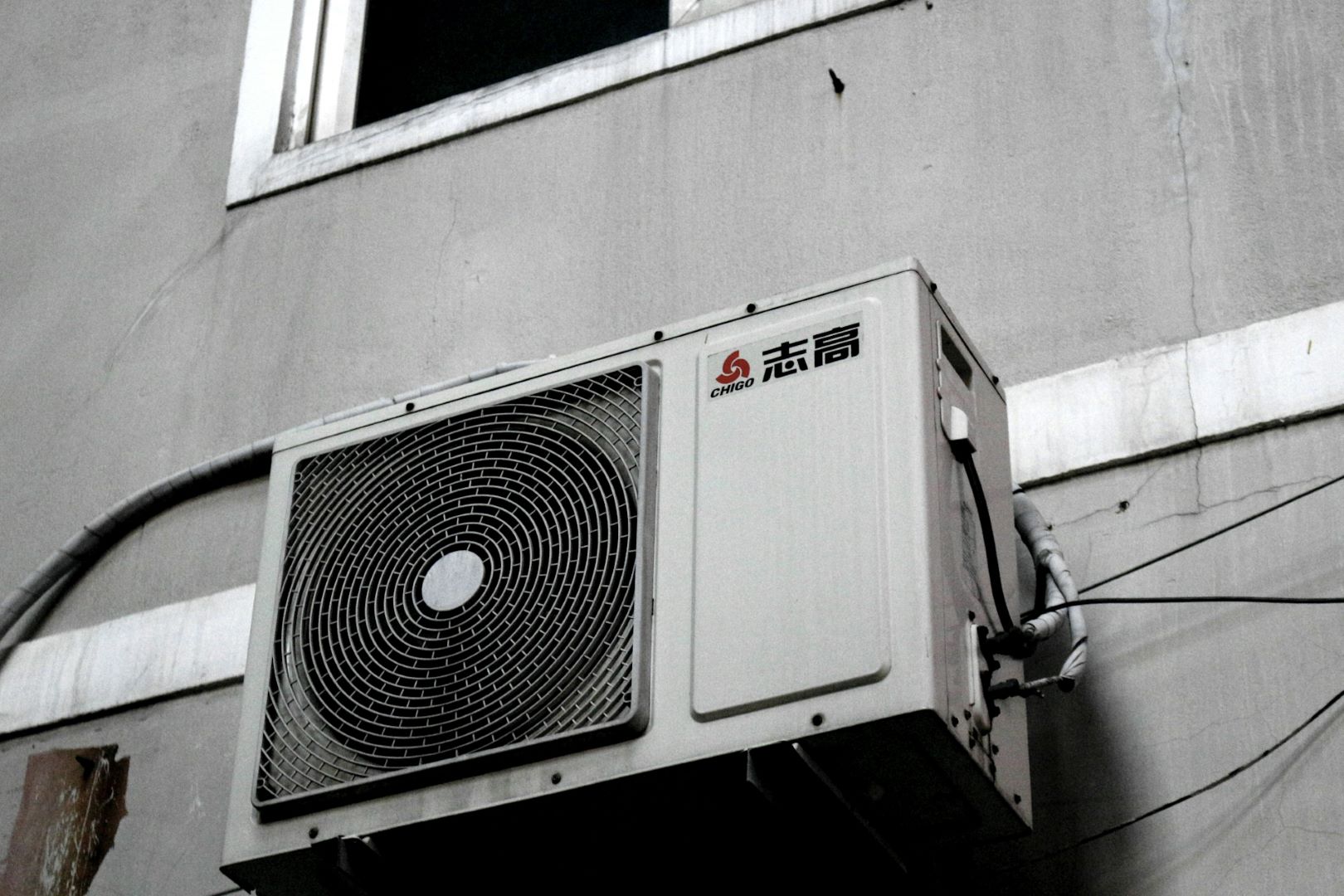
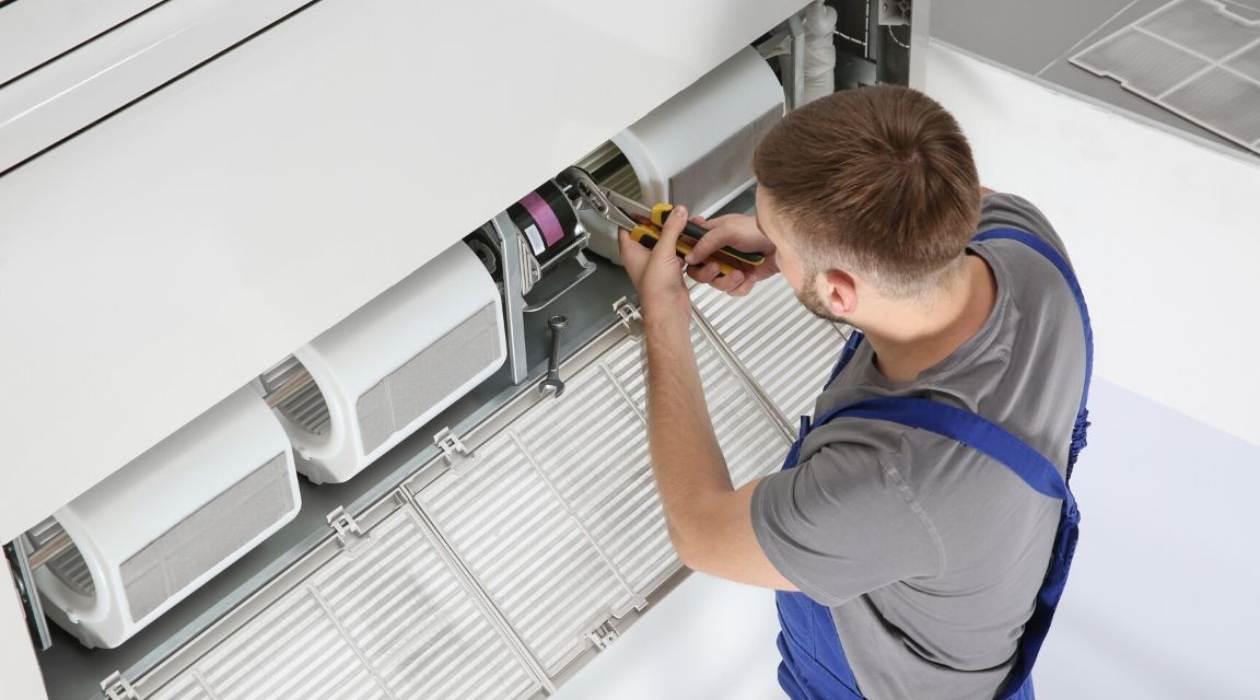
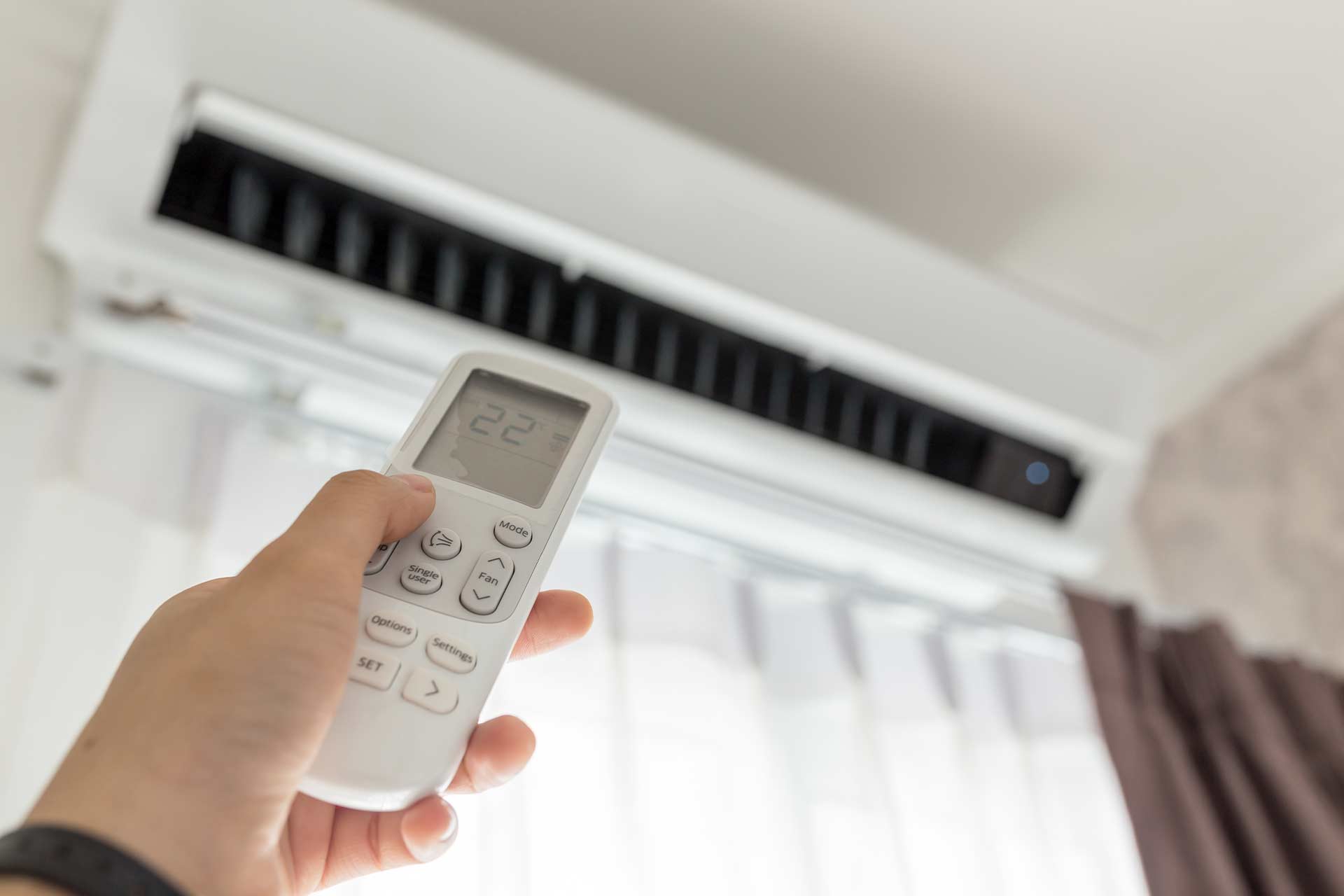
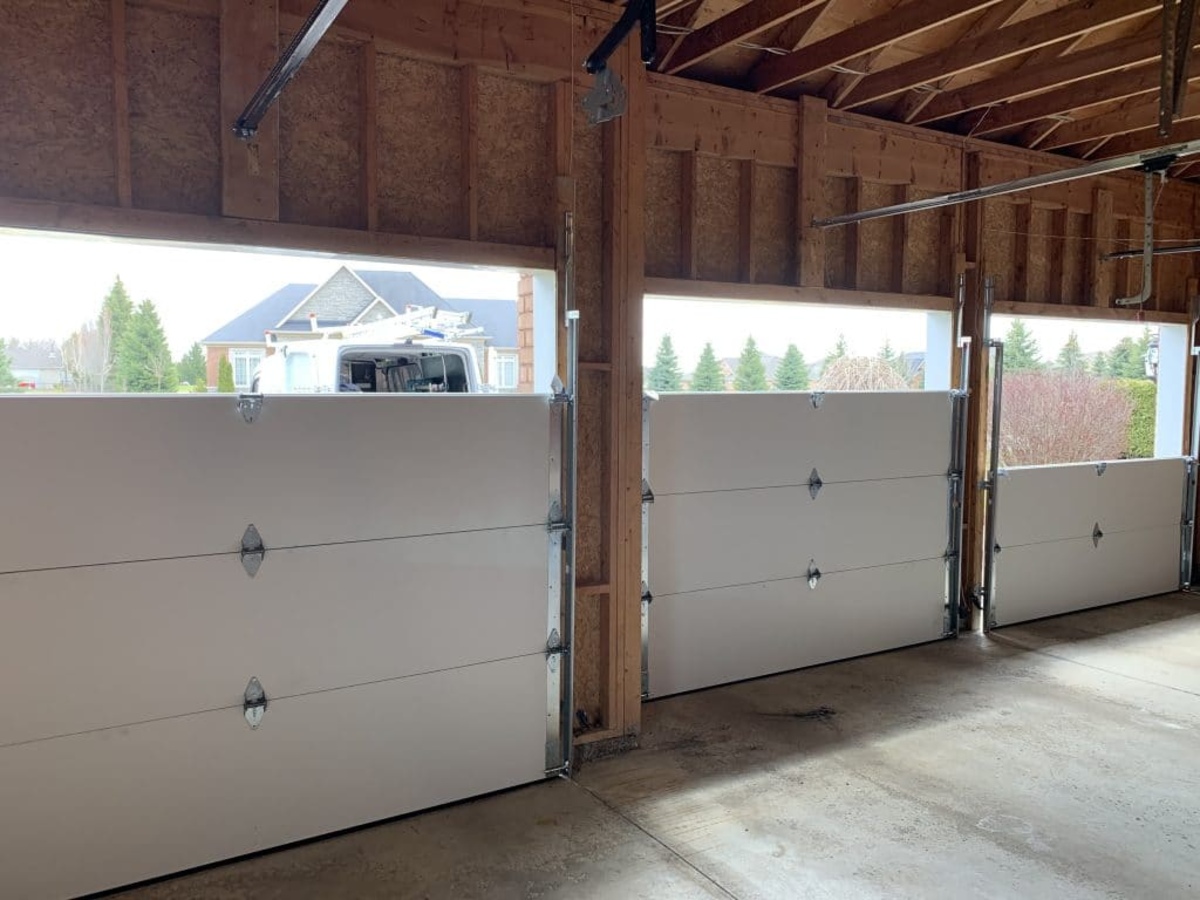
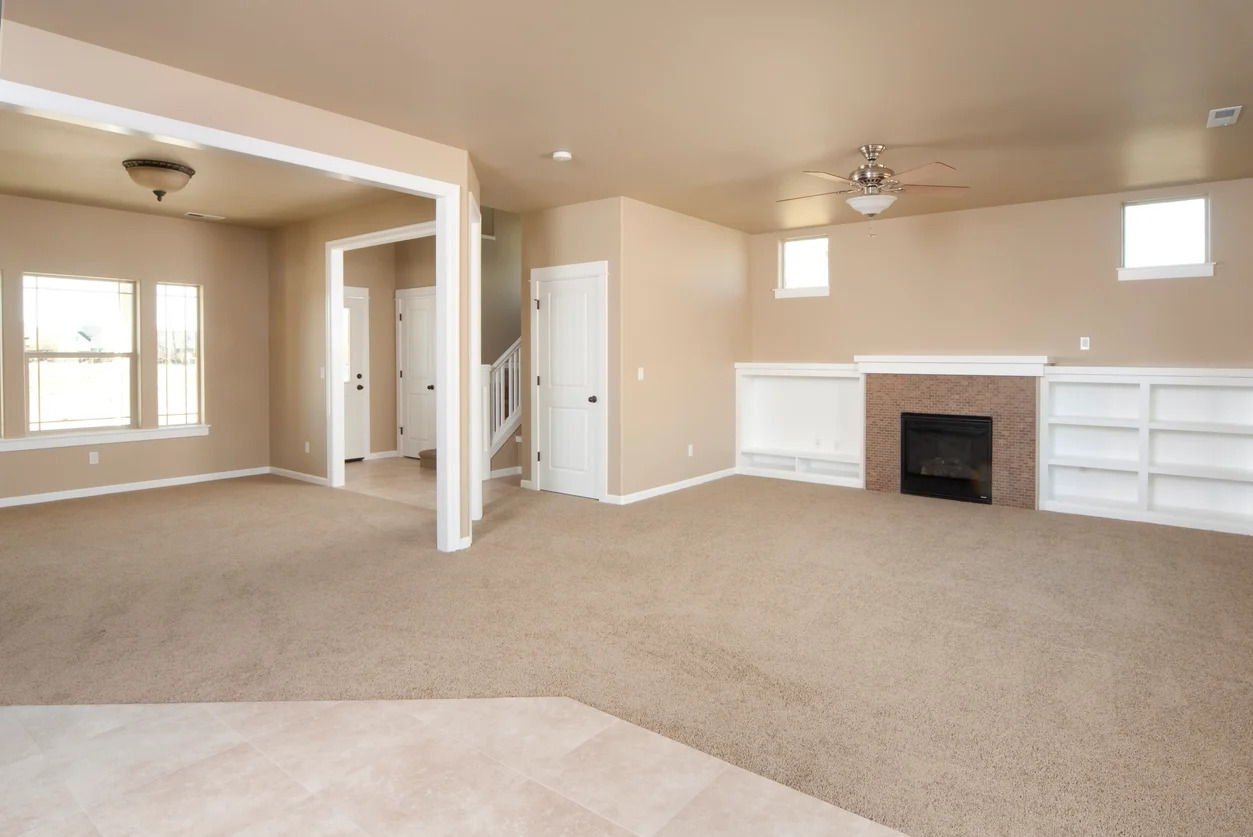
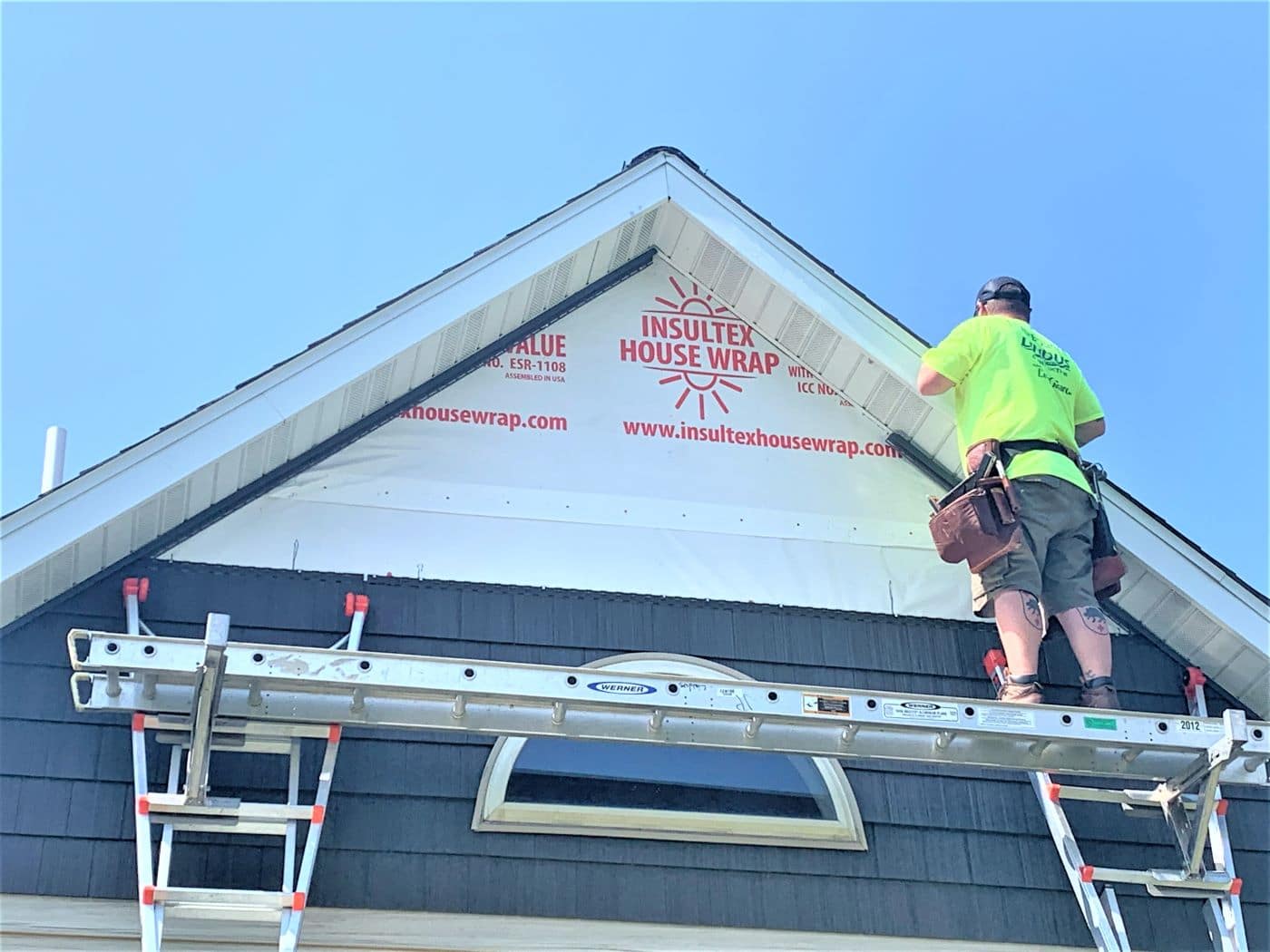
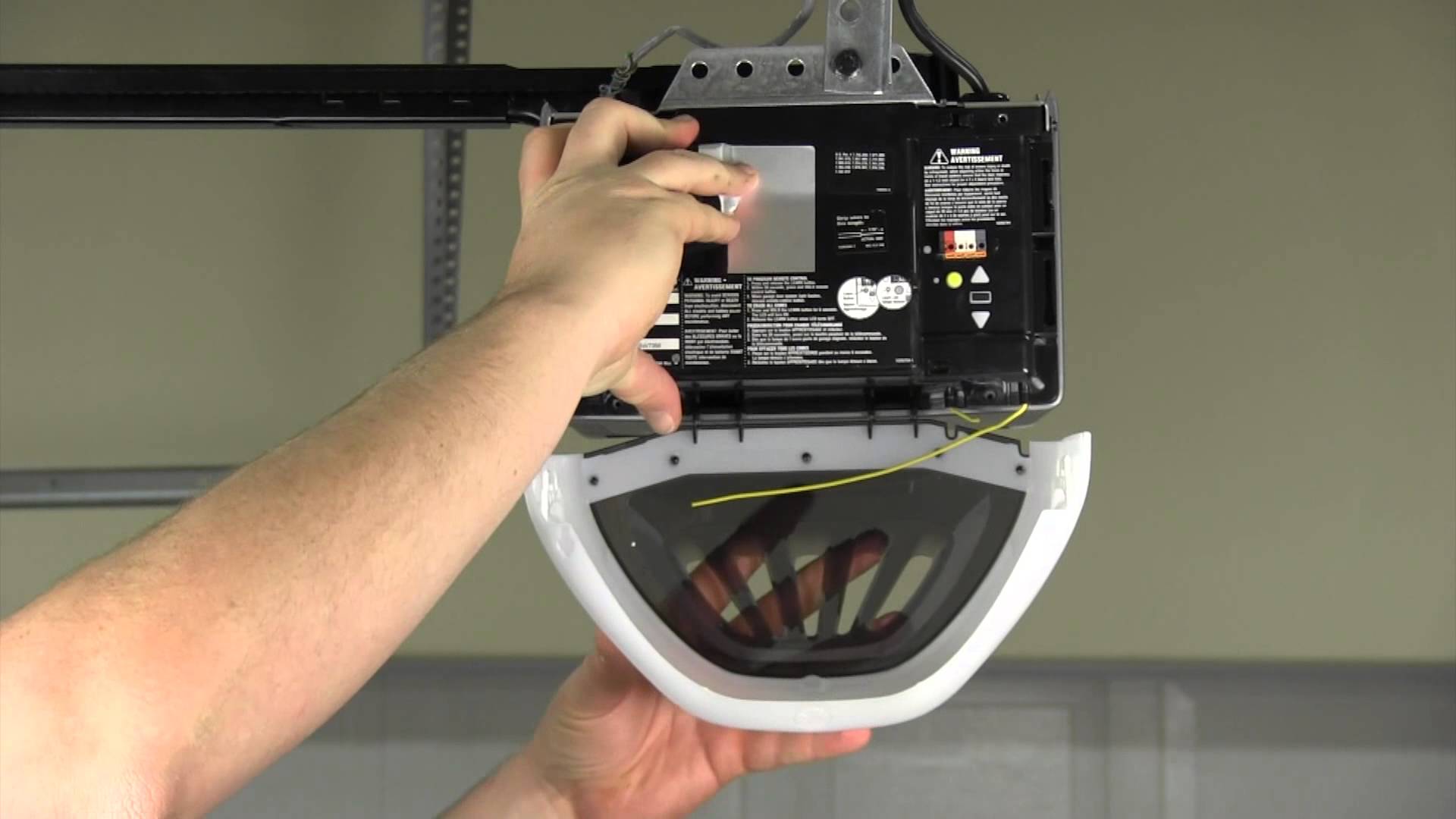
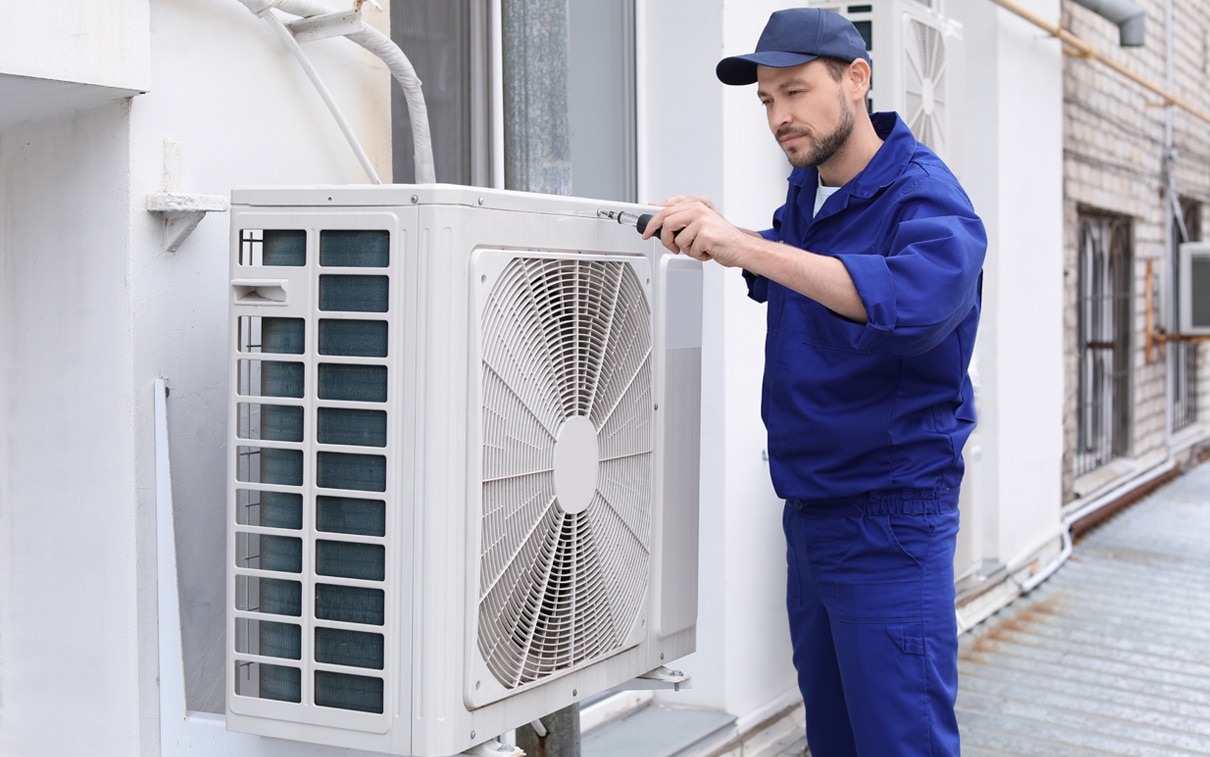
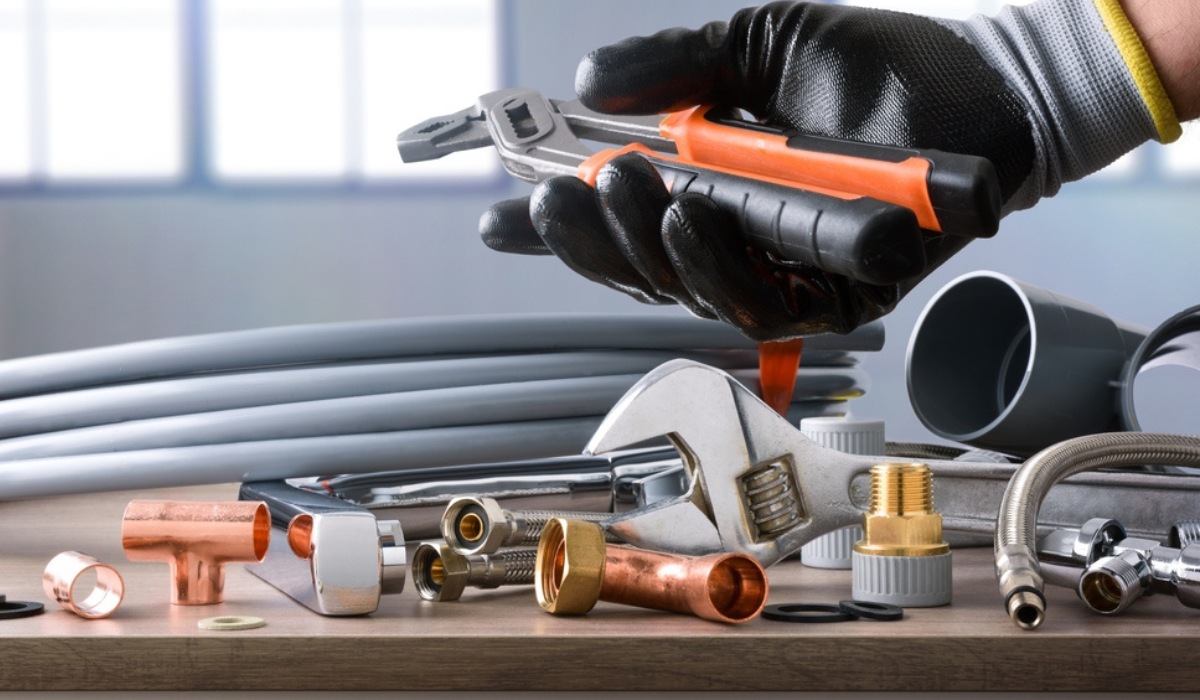
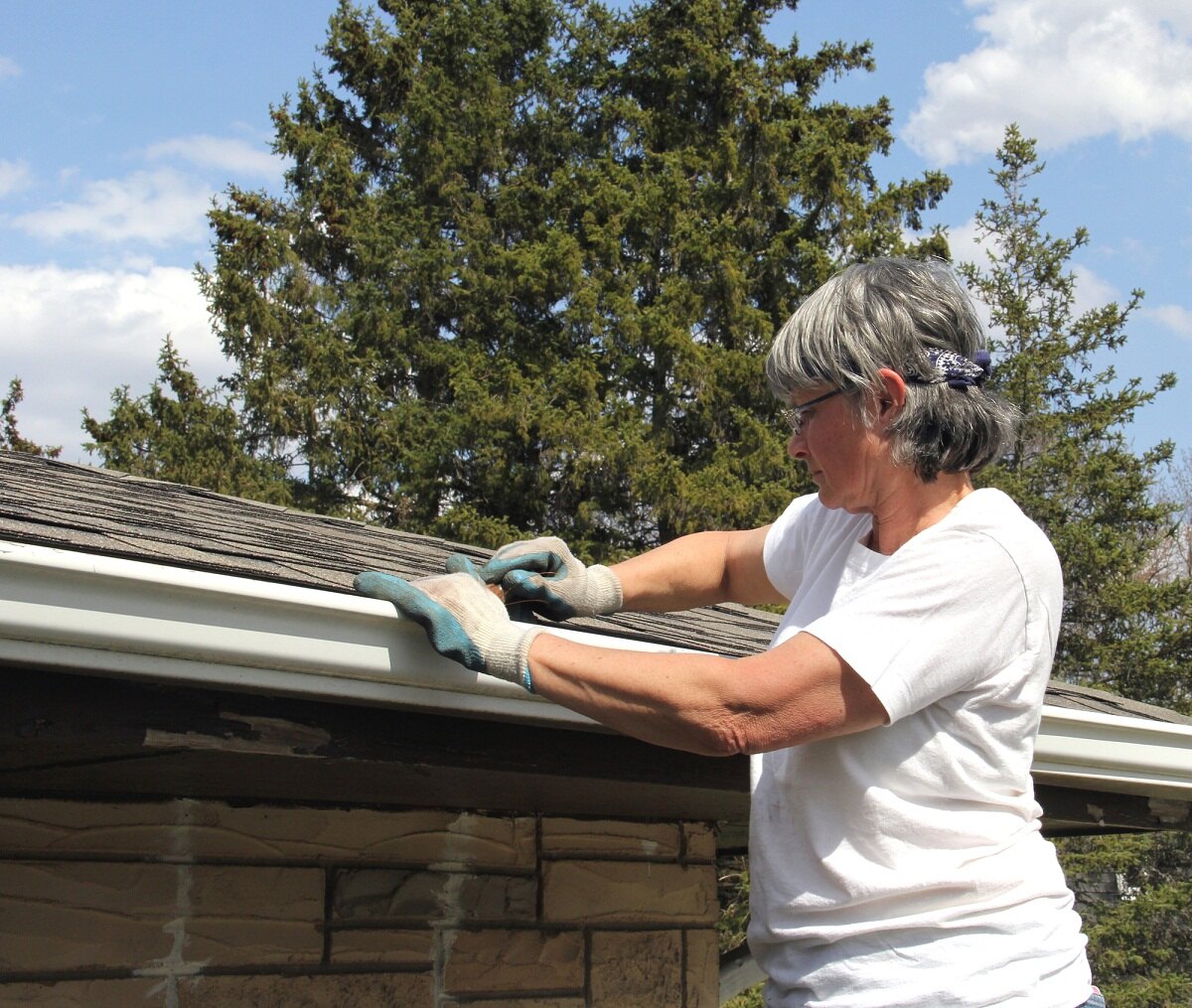
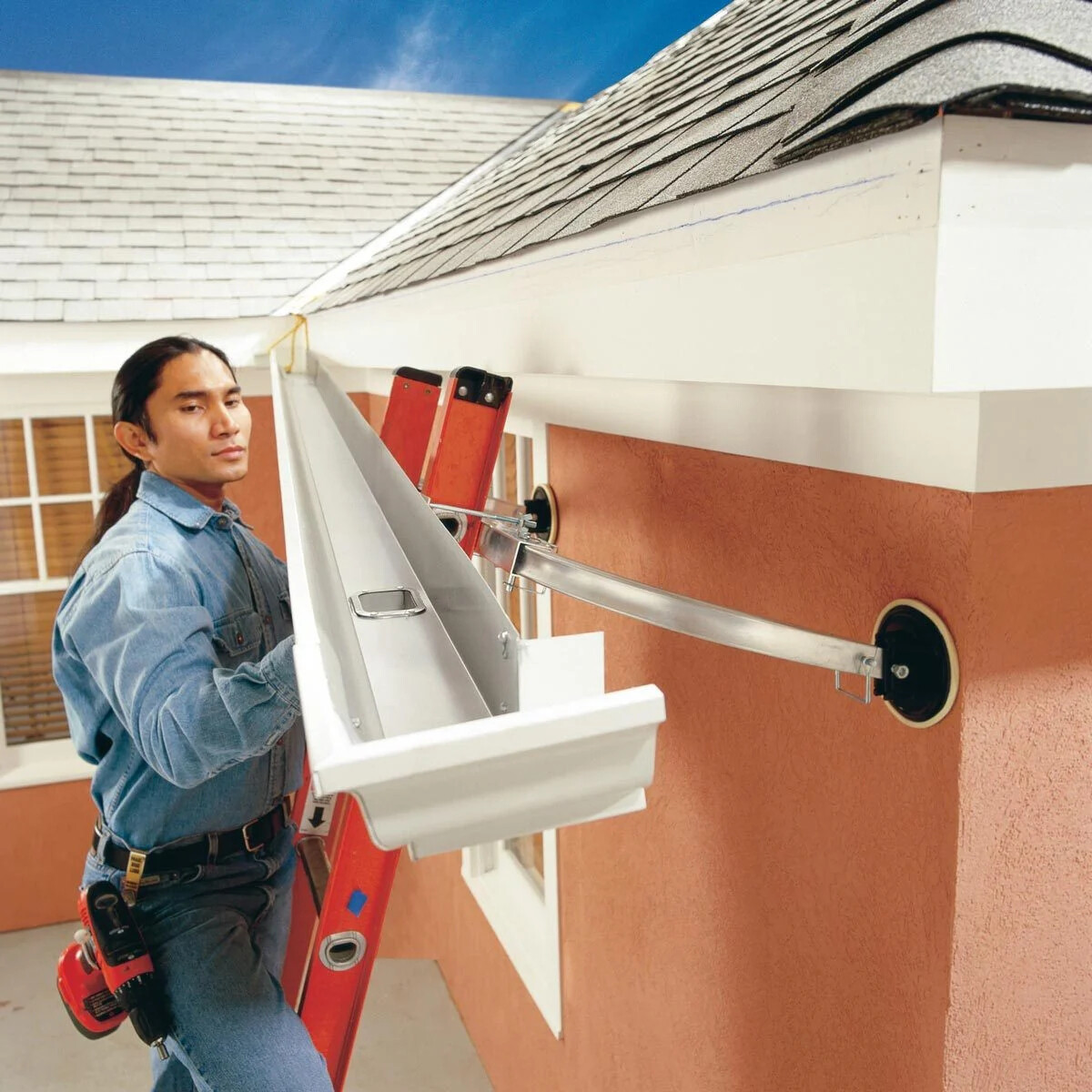

0 thoughts on “How Long Does It Take To Install Gutters”